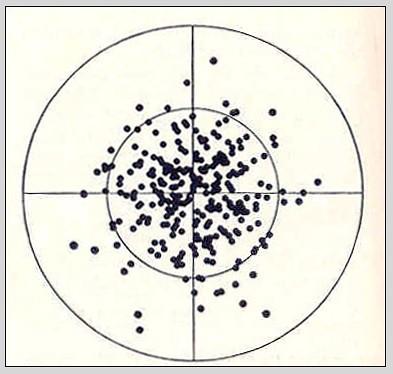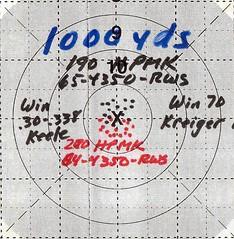Mikecr
Well-Known Member
I use the tools linked above:
-R-P Tool
-Sinclair 'Nut'
-BGC
-Wilson micrometer top seating dies
I don't average anything. Every round I load is verified well under 1thou off of logged CBTO.
Where I'm using custom BR bullets, I just set the dial, seat, verify, repeat for the next round.
Where I'm using factory bullets, I short seat 1thou, measure, adjust the die mic, turn 180deg, reseat, verify correct. When this is taking a lot of effort, I break out the BGC, match up enough bullets, and then my seating goes like custom bullets.
In my experience best seating window is well under 10thou in width. So if centered, I have +/- 5thou. Never in my life have I seated so bad as to miss this.
-R-P Tool
-Sinclair 'Nut'
-BGC
-Wilson micrometer top seating dies
I don't average anything. Every round I load is verified well under 1thou off of logged CBTO.
Where I'm using custom BR bullets, I just set the dial, seat, verify, repeat for the next round.
Where I'm using factory bullets, I short seat 1thou, measure, adjust the die mic, turn 180deg, reseat, verify correct. When this is taking a lot of effort, I break out the BGC, match up enough bullets, and then my seating goes like custom bullets.
In my experience best seating window is well under 10thou in width. So if centered, I have +/- 5thou. Never in my life have I seated so bad as to miss this.


